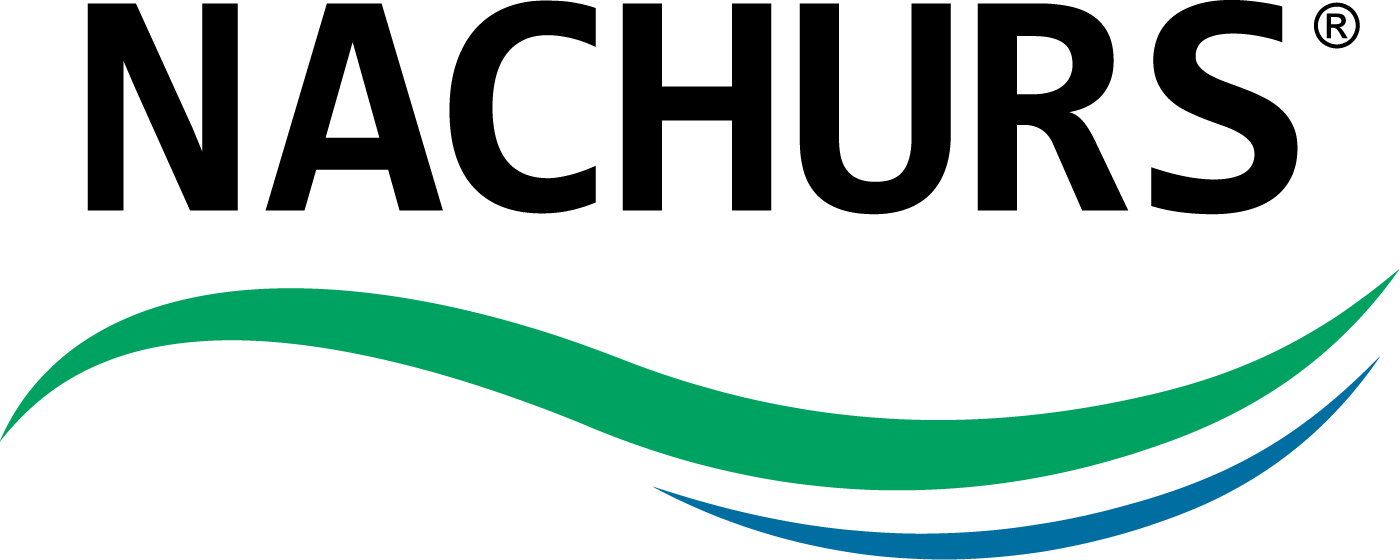Crop Nutrition: Beyond Traditional Soil Fertility
Understanding, analyzing and improving soil fertility is critical when striving to maximize yield. Yet, soil sampling, soil analysis, and soil fertilization only tell part of the story. Nutrients aren’t automatically moved from the soil and into the plant. Instead outside factors such as environment, soil pathogens, compaction, cation exchange capacity, pH, and even antagonistic minerals affect the availability of the nutrients in the soil. Often a comparison of a soil sample and a tissue sample will show that there may be abundant nutrients in the ground, but they may not be getting into the crop. Achieving higher yields through adequate crop nutrition often requires more than just a soil analysis. The use of both a soil analysis and a tissue or petiole analysis can help farmers to identify problems within a field. One obvious issue that could be observed would be adequate phosphorus levels in the soil, but deficient levels in the tissue analysis. When these situations are observed it is often caused by overabundance of a soil mineral, usually Ca or Al, but maybe even Fe, Mn, Cu, or Zn which will bind the phosphorus. This is just one example; any nutrient may be limited in the plant and not in the soil. The challenge is to find a way to improve the situation. Solving these problems will lead to greater yield and healthier crops. Today’s farmers have more tools in their toolbox to combat these issues than ever before. Methods of applying nutrients, such as foliar feeding or banding; improved nutrient chemistries, the use of organic acids, and microbial organisms make it possible to improve nutrient uptake. NACHURS liquid fertilizer has the people and the products to improve production and profit with greater crop nutrition.- Wayne Becker, US South Regional Sales Manager
Understanding, analyzing and improving soil fertility is critical when striving to maximize yield. Yet, soil sampling, soil analysis, and soil fertilization only tell part of the story. Nutrients aren’t automatically moved from the soil and into the plant. Instead outside factors such as environment, soil pathogens, compaction, cation exchange capacity, pH, and even antagonistic minerals affect the availability of the nutrients in the soil. Often a comparison of a soil sample and a tissue sample will show that there may be abundant nutrients in the ground, but they may not be getting into the crop.
Achieving higher yields through adequate crop nutrition often requires more than just a soil analysis. The use of both a soil analysis and a tissue or petiole analysis can help farmers to identify problems within a field. One obvious issue that could be observed would be adequate phosphorus levels in the soil, but deficient levels in the tissue analysis. When these situations are observed it is often caused by overabundance of a soil mineral, usually Ca or Al, but maybe even Fe, Mn, Cu, or Zn which will bind the phosphorus. This is just one example; any nutrient may be limited in the plant and not in the soil. The challenge is to find a way to improve the situation.












